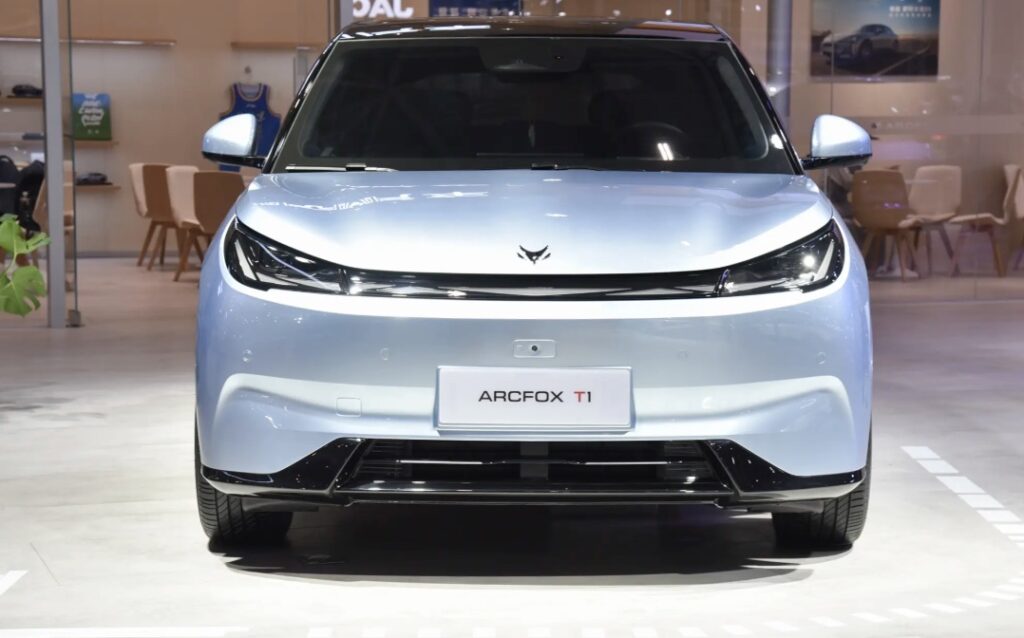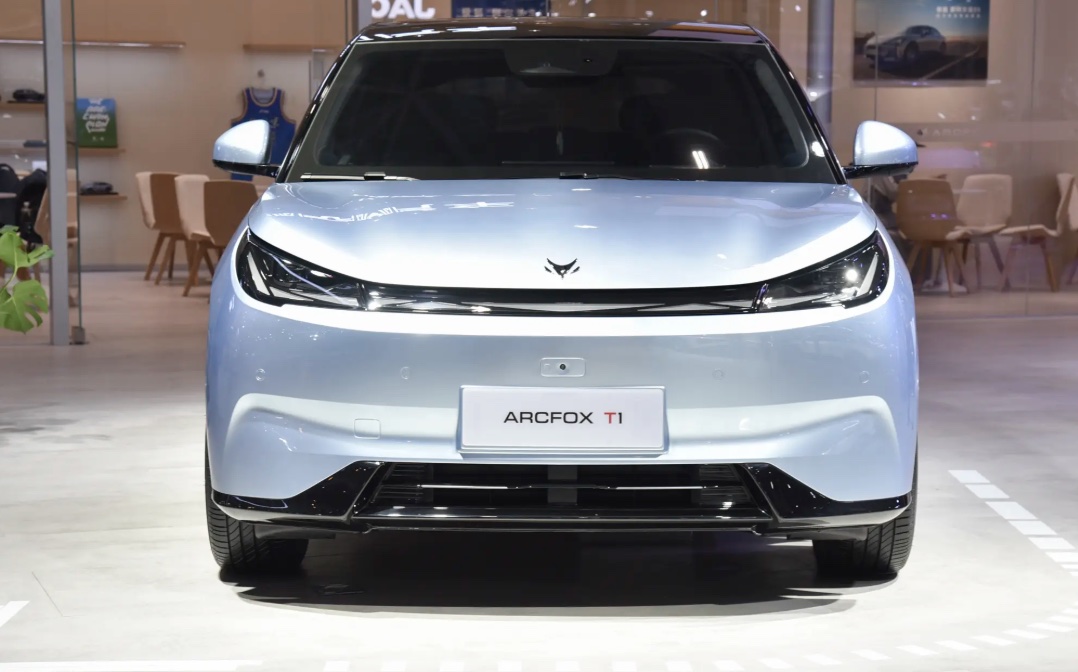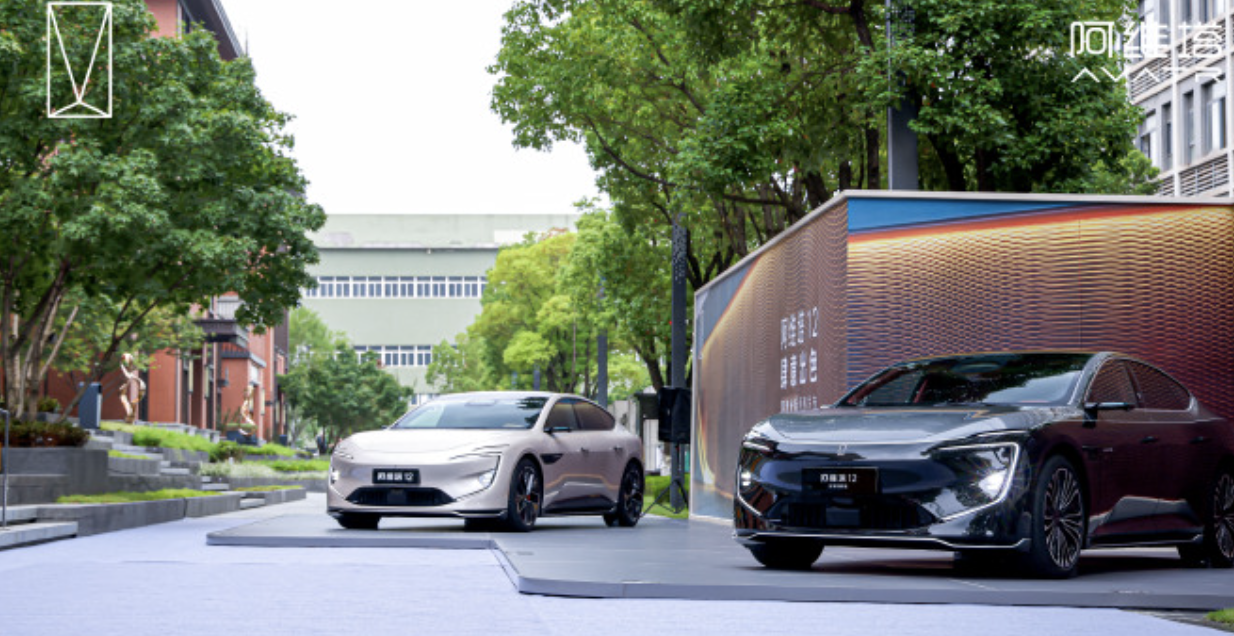Recently, Beijing Electric Blue Valley (Beijing Blue Valley) released its latest production and sales data, showing that the sales of new energy vehicles in August were 13,530 units, representing a year-on-year growth of 3.47%. This growth rate is much lower compared to other mainstream brands. Looking at the timeline from January to August, Beijing Blue Valley’s cumulative sales reached 90,962 units, reflecting a year-on-year increase of 74.7%.

Beijing Blue Valley’s key brands include BAIC New Energy, Arcfox, and Jiayue. Among them, Arcfox is the main source of sales. Arcfox focuses on the mainstream market with a price range of 100,000 to 300,000 RMB and has already launched models such as the S5, T5, S6, T6, and Koala/Koala S. On August 22, the Arcfox T1 officially opened for pre-sale, offering 5 models with a pre-sale price range of 68,800 to 93,800 RMB. As reported earlier, the Arcfox T1 is the first A0-class model under the Arcfox brand, featuring the latest design concept and offering options for high and low power motors. Its CLTC range is 320 km and 425 km.
The Jiayue brand is a result of deep collaboration between Beijing Blue Valley and Huawei, positioning itself as a high-end smart new energy vehicle brand. The first model, Jiayue S9, relies on Huawei’s Tuling platform technology and has achieved some success in the electric luxury sedan market priced above 400,000 RMB. Going forward, Jiayue will also launch extended-range versions and other new models to meet the needs of different consumers. The Jiayue S9T, a station wagon, will be launched on September 16. The new model will be equipped with Huawei ADS 4 driving assistance and the new Tuling platform. The pre-sale price range has been announced to be 328,000 to 388,000 RMB, and it will offer both pure electric and extended-range powertrains.
However, a major issue that cannot be ignored for Beijing Blue Valley is that it is still unable to achieve profitability. In the first half of 2025, Beijing Blue Valley reported operating income of 9.517 billion RMB, a year-on-year increase of 154.38%. This revenue growth rate is quite impressive within the industry, clearly showing the strong impact of sales growth on income. Unfortunately, the net loss attributable to the shareholders of the listed company was 2.308 billion RMB. Although the loss has decreased compared to the same period last year, the gross margin is still -5.47%, meaning that Beijing Blue Valley is effectively suffering losses on every vehicle sold and has not yet overcome its profitability dilemma.
The key factors behind this predicament include high spending on research and development (R&D) and channel expansion. In the first half of 2025, Beijing Blue Valley’s R&D expenses amounted to 1.07 billion RMB, a year-on-year increase of 62.94%. These expenditures were primarily used for the development of core technologies such as three-electric technology, intelligent networking, and extended-range technology, with the goal of improving product technology and competitiveness.
Channel development is also a significant expense. To expand market coverage, increase brand visibility, and boost product sales, Beijing Blue Valley has been actively expanding its sales channels. By June 2025, the number of Jiayue stores had exceeded 700, and Arcfox’s first-level stores had reached 370. The company plans to add more than 80 new stores within the year and achieve 100% coverage in cities with tier 3 and above. The construction, operation, and personnel training of these stores require a large amount of funding. Before sales reach a sufficient scale to absorb these costs, the channel investments have a significant erosive effect on profits.
Currently, the new energy vehicle industry has entered a “survival of the fittest” phase, with market competition becoming unprecedentedly intense. In this race, leading brands such as BYD, Xpeng Motors, and Leap Motor dominate the market due to their strong technological capabilities, brand influence, and economies of scale, continuously squeezing market space for other brands. At the same time, many new forces in the automotive industry are accelerating iteration and constantly launching competitive new products and technologies, attempting to carve out a share of the market. In this highly competitive environment, although Arcfox, Beijing Blue Valley’s key brand, has seen rapid growth in sales, its growth strategy is to some extent dependent on “changing quantity with price.”



